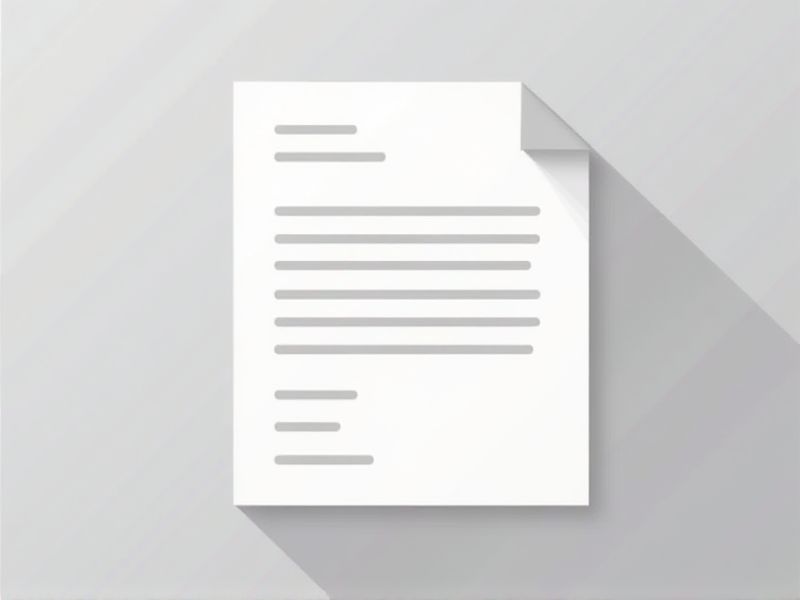
When writing a formal letter in the UK, it's important to follow a clear and professional format to ensure your message is effectively communicated. Typically, a UK letter includes the sender's address at the top right, followed by the date, and then the recipient's address on the left. The salutation should be polite and appropriate, such as Dear Sir or Madam or using the recipient's title and surname. The body of the letter should be concise and structured, focusing on the purpose of your correspondence. For your convenience, this article offers a variety of UK letter templates to help you get started.
Samples of letter format for uk
Formal Letter Format For Uk
Business Letter Format Uk
Personal Letter Format Uk
Complaint Letter Format Uk
Cover Letter Format Uk
Inquiry Letter Format Uk
Resignation Letter Format Uk
Reference Letter Format Uk
Thank You Letter Format Uk
Invitation Letter Format Uk
Job Application Letter Format Uk
Academic Letter Format Uk
Letter Of Intent Format Uk
Lease Termination Letter Format Uk
Sponsorship Letter Format Uk
Recommendation Letter Format Uk
Farewell Letter Format Uk
Apology Letter Format Uk
Letter Of Recommendation Format Uk
Letter To The Editor Format Uk
Important Things to Know when Writing Letter Format For Uk
Sender'S Address And Date Placement
In UK letter format, your address should appear at the top right corner of the page, with the date directly underneath it. The recipient's address is placed on the left side, starting from the margin, and is aligned to the left edge. This arrangement helps to maintain a formal presentation while ensuring that essential information is easily accessible. Properly formatting your letter in this way demonstrates professionalism and respect for the recipient.
Proper Salutation And Recipient'S Details
In UK letter format, it's essential to begin with a proper salutation, which typically includes "Dear" followed by the recipient's title and surname. If you do not know the person's name, "Dear Sir/Madam" is an appropriate alternative. Following the salutation, include the recipient's full address, starting with the name of the individual, then the street address, city, and postcode. Ensuring accuracy in these details not only demonstrates professionalism but also ensures that your letter is directed to the correct individual.
Formal Vs. Informal Tone And Language
In the UK, understanding the difference between formal and informal letter formats is essential for effective communication. A formal letter typically addresses the recipient using their title and last name, employs a professional tone, and adheres to specific conventions such as including the sender's address and a formal closing. In contrast, an informal letter allows for a more relaxed tone, often using the recipient's first name and casual language, reflecting a friendly relationship. Recognizing which format to use based on your relationship with the recipient can greatly influence the clarity and appropriateness of your message.
Structured Body Paragraphs With Clear Purpose
When writing a letter in the UK, structuring your body paragraphs with a clear purpose is essential. Each paragraph should focus on a specific point or piece of information, ensuring that your message is concise and easy to follow. Start with a topic sentence that highlights the main idea, followed by supporting details that elaborate on that point. This organized approach not only enhances readability but also helps convey your message more effectively to the recipient.
Appropriate Closing And Signature Etiquette
When composing a letter in the UK, it's crucial to choose an appropriate closing that matches the tone of your correspondence. Common closings include "Yours sincerely" when you know the recipient's name and "Yours faithfully" when addressing someone without a personal greeting. Ensure your signature is legible and includes your typed name below it for clarity. This attention to detail not only reflects professionalism but also enhances your communication's effectiveness.
